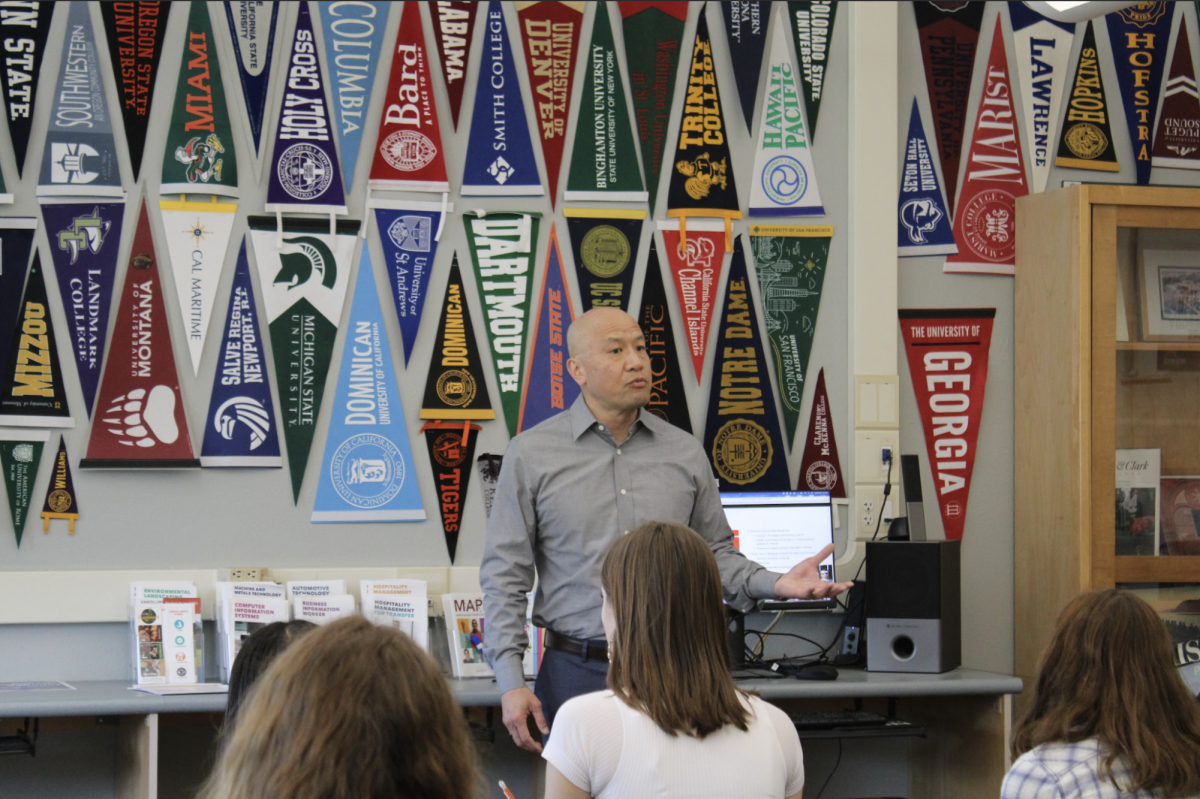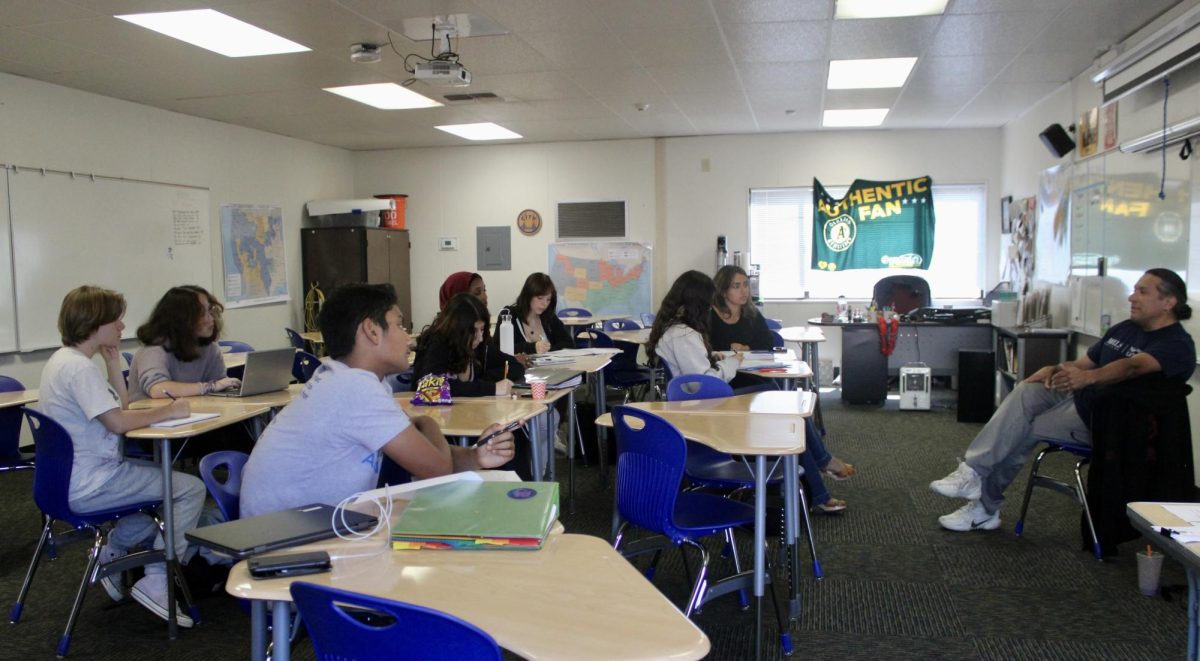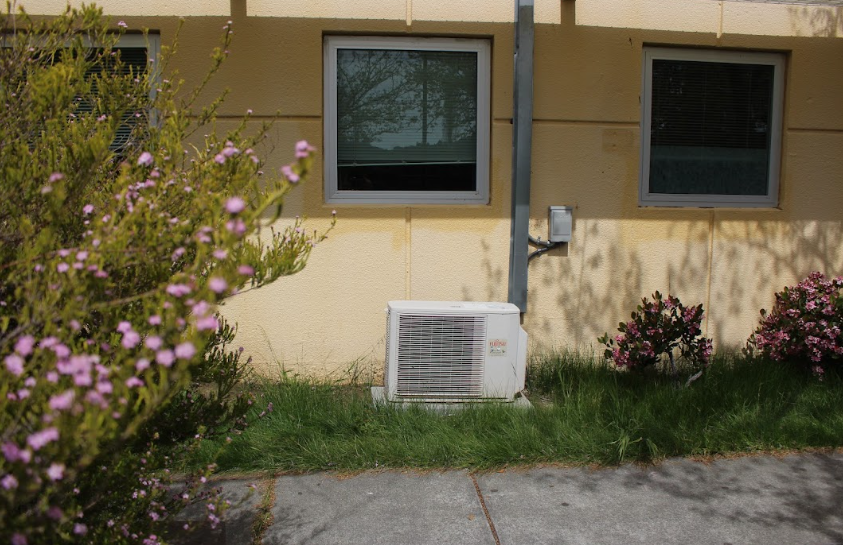A 2014 Stanford survey sampling 10 high-performing high schools like Redwood in wealthy California communities has concluded that homework lasting more than two hours is counterproductive and correlates with chronic stress.
“One of our main findings is that homework is a primary stressor for students in high-performing schools,” said Jerusha Conner, a co-author of the study. “These schools are usually located in affluent suburban communities and consistently have high graduation rates, high college attendance rates, and high performance rates on state-level tests.”
Conner stated she was surprised that homework was the main stressor, not tests, grades, college admission anxiety, or dealing with parents or friends. “The amount of time on average that students reported spending on homework is far more than what research found as useful, in terms of an academic benefit for high school students,” she added.
The Stanford study found that long hours spent on daily homework correlate with symptoms of physical stress such as headache, exhaustion, sleep deprivation, stomach problems, and weight loss. According to Conner, 82 percent of students sampled reported experiencing at least one physical symptom of stress in the past month caused by academics, and 44 percent reported three or more symptoms.
These symptoms were also shown to be chronic in many teens. According to Conner, 72 percent sampled reported that they are chronically stressed and are often or always stressed about homework.
“[This stress] is not something that fluctuates. If it fluctuated, we might see it as advantageous because there are types of stress that are healthy and adaptive since it signals that you care,” Conner said. “But when the stress is chronic and there is no reprieve, then it really takes a toll on mental health and physical health, as well as overall well-being.”
“I haven’t slept properly because of too much homework,” junior Annabel Judd said.
In addition to increased stress, 61 percent of students surveyed reported that they had to quit a hobby that they enjoy due to a large amount of daily homework.
Despite the fact that many past studies have shown the negative effects of 2 or more hours of homework, most students receive an average of 3.1 hours each night, the Stanford study found. In these situations, Conner believes that teachers may be unaware of the burden they place on students. Although the study did not survey teachers or their perception on homework load, many students in the survey questioned their teachers’ awareness of the cumulative effect of homework.
“In the open-ended sections of the survey, [the researchers and I] were looking at students’ perceptions of homework load. Students were raising questions like, ‘Do teachers realize how late we are staying up, and how tedious and mind-numbing the homework is for us?’,” Conner said. “I think this study raises questions about why teachers assign such heavy homework loads of such dubious quality, given what we know about its negative effects from a both academic and non-academic standpoint.”
The explanation for such large and “dubious” quantities of homework may be its link to recent societal norms. Many parents and educators have a misconception that more homework means a more successful future, according to Conner.
“I think there is a confusion in many schools and in many homes with parents about what counts as rigor. Although the excessive homework is taking a toll on student well-being, it is thought of as a way to secure their advantage in a competitive society,” Conner said. “[My colleagues and I] want to change that conversation to say that rigor is thinking deeply and using complex reasoning in a line of inquiry. It’s not just about doing six hours of busy work each night.”
“Yes I definitely have too much homework. I find that homework for about one-third of my classes is useless and pointless,” sophomore Aaron Heller said.
Conner also believes that students want the nature of homework reformed, but are held back by the belief that greater amounts of homework is the only means by which one can improve skills.
“As much as the students in our study did raise a call for reform to homework practices, they felt that the biggest obstacle to change was themselves. They actually want to be working hard on homework because they think that it is the only way to excel in school.”
According to Conner, addressing this misconception and allowing more time for learning skills outside academia is essential to success.
Despite differing student opinions, Conner believes teachers should re-evaluate their homework process. “We think teachers should consider cutting down on the amount of homework and also thinking more carefully about the quality and purpose of the homework they are assigning,” Conner said. “Students aren’t asking for no homework, they are just asking for manageable amounts of quality homework. We should really be empowering [students] to lead balanced lives.”
















